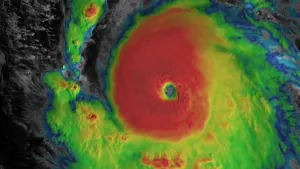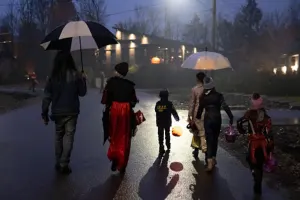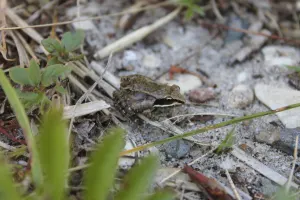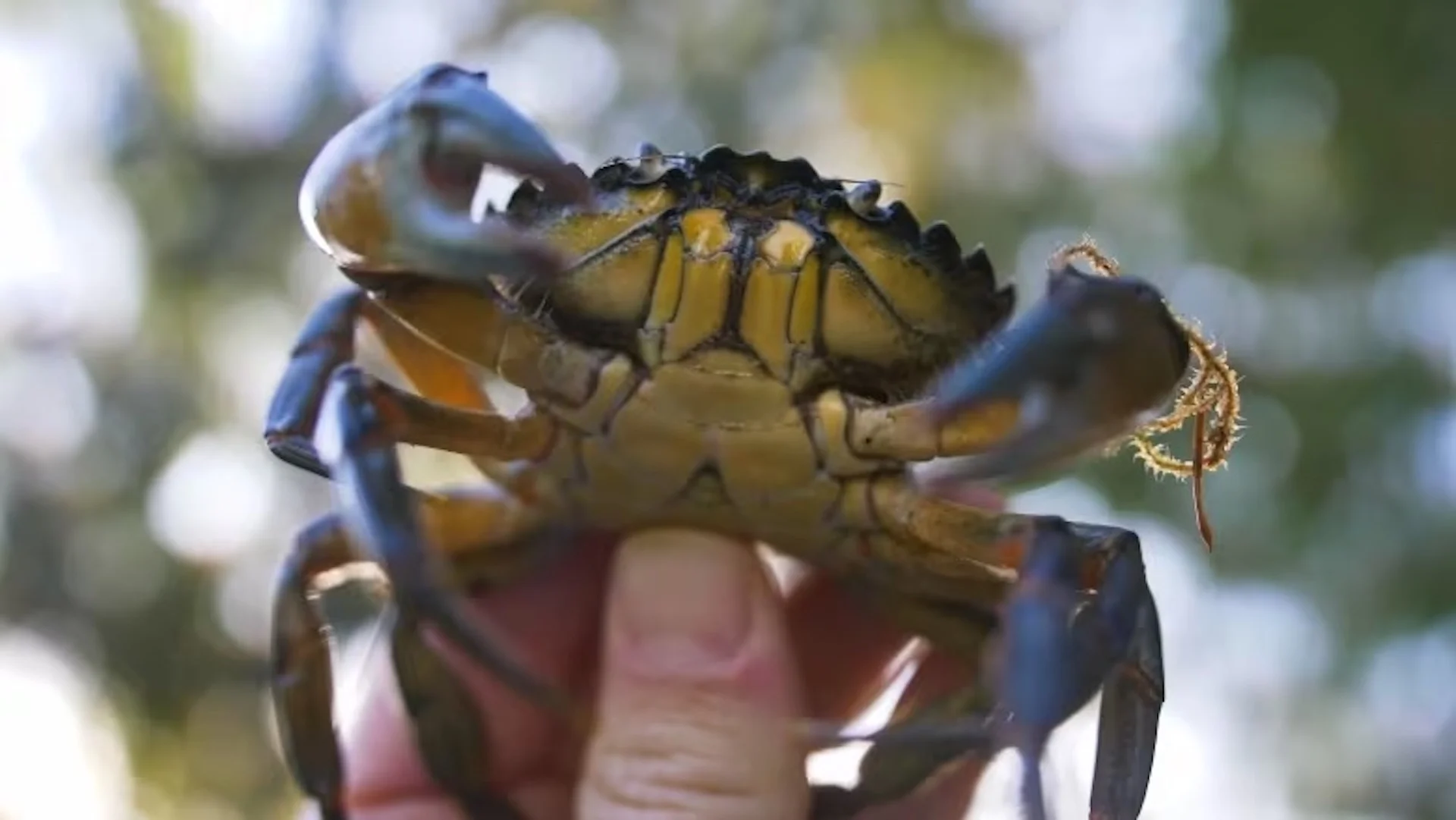
How we might be able to eat our way out of an invasive green crab problem
They're tiny and they're wreaking havoc on our coasts — but they also taste pretty good.
European green crabs have posed a problem off the coast of Vancouver Island for decades now, and while current conservation efforts have focused on deep freezing them and throwing them in a landfill, some suggest eating them instead.
The species, which is found across the Pacific Northwest is aggressive and feeds voraciously on shellfish; they have no natural predators and they reproduce at a high rate. Each female can have up to 185,000 babies at a time.
"One of the prime concerns for us … is their impact on eelgrass, which is a critical habitat for juvenile salmon," Crysta Stubbs, director of the Coastal Restoration Society's science department, said on CBC's On the Coast. "They'll actually uproot the eelgrass while they're feeding.

While the crabs are small, they feed voraciously on shellfish species. (Submitted by Coastal Restoration Society)
"And when they're juveniles, when there's a lack of other, more nutritious food for them, they'll actually feed directly on the eelgrass as well."
It's not just a West Coast problem. Fisheries and Oceans Canada notes that the species, which originally came from Europe and North Africa and likely hitched a ride to North America on wooden ships in the early 19th century, first invaded east coast waters in the 1950s.
They've posed a consistent problem to local species ever since — and in some places, conservation experts have suggested that the crabs could make a good meal.
A high crab diet
The New Hampshire Green Crab Project, in fact, has published a list of recipes for people wishing to help the environment — and their stomachs — by trapping and eating green crabs. Among the recipes are a green crab ceviche, fried rice, and pozole.
Gabriela Bradt, fisheries extension specialist at the University of New Hampshire's Sea Grant program, said her department is looking for ways to make commercial green crab trapping a viable industry on the American east coast.
That might help reduce the environmental impacts of the crab population's enormous growth and commercial fisheries could benefit, she said, adding the crustaceans are delicious.
"The way I really like green crabs is boiled the same way that you would do a blue crab or a regular other crab and just pick some of the meat. And then I do like to put some of that meat and the roe from the females into a ramen," Bradt said.
WATCH: On the front lines rescuing marine animals from ocean plastic
"I have a really amazing chef friend … she came up with a salted green crab roe ice cream, which — I know it sounds really weird, but it was amazing. She had salted the crabs beforehand, it's kind of like a fermenting process, and then she picked the roe and put it in a vanilla-based ice cream and it almost tasted like toasted coconut."
Where opportunity strikes
In Venice, where the crabs are a local species, residents partake in a twice-yearly delicacy called moleche — soft-shelled green crabs. When the time is right in spring and fall, green crabs will molt their hard shells, but they must be cooked within hours, before the new shell touches water and hardens.
Part of Bradt's work in New Hampshire has focused on whether a soft-shelled green crab product could be viable in the United States — especially given that in Venice, a pound of soft-shelled green crab can fetch fisheries about $73 to $88.
While Fisheries and Oceans Canada says recreational and Indigenous harvesting of shore crabs for food — including European green crabs (EGC) — is permitted with a license, commercial fisheries cannot sell them for human consumption.
"It is important to remember that [green crabs] are highly invasive and pose a risk to native species and habitats," the organization said in a statement.
"The capture, transport or use of EGC for any purpose (such as for food) poses a risk in terms of promoting their spread and potential colonization of new areas."
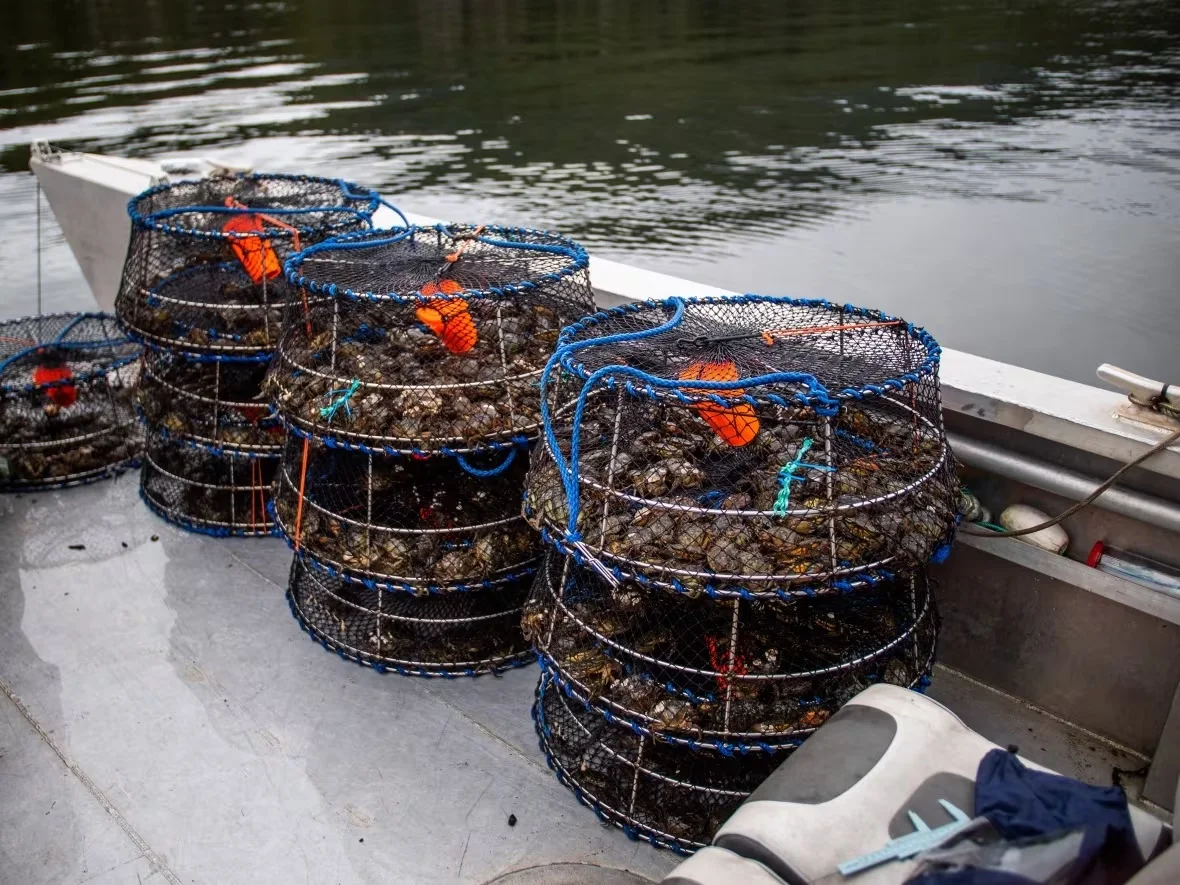
The Coastal Restoration Society harvests thousands of invasive green crabs a year, euthanizing them by deep freezing them. (Submitted by Coastal Restoration Society)
Fisheries and Oceans Canada said it's currently working on a national strategy for dealing with aquatic invasive species, other than disposing of them.
Bradt said it's important to follow the same seafood safety protocols as fishers would for any other crustacean.
In Canada, conservation groups trap crabs by the thousands and deep freeze them to kill them — but after that, they're sent to landfill or compost.
At the moment, the Coastal Restoration Society is stockpiling the dead crabs to try and find other uses for them, perhaps as fertilizer. The organization is working with the federal government and with local First Nations including the Ahousaht First Nation on how that could work going forward.
"What I would recommend is essentially an opportunistic removal program, if you will. Have people target green crabs," Bradt said.
"And if we have the markets for anything from human consumption, to pet food, to fertilizer, to whatever — have those markets grow and provide income for fishermen."
Thumbnail courtesy of Coastal Restoration Society via CBC News.
The story was written by Srushti Gangdev and published for CBC News. It contains files from CBC's On the Coast.






